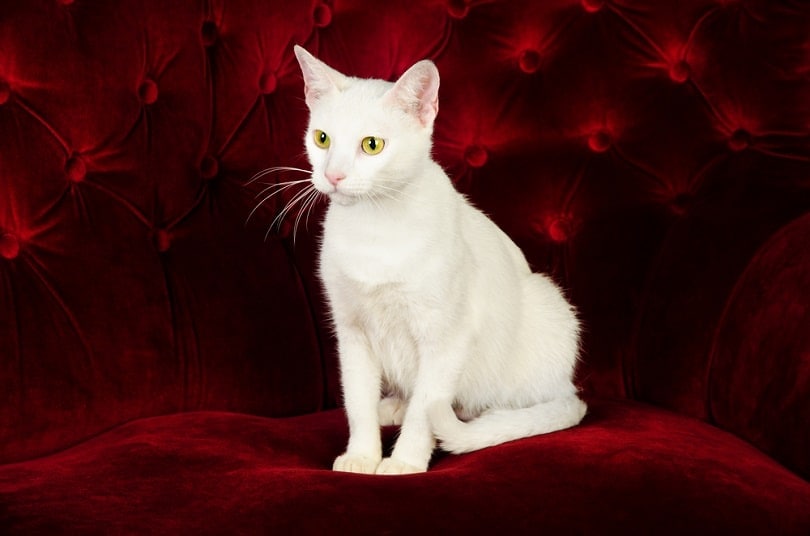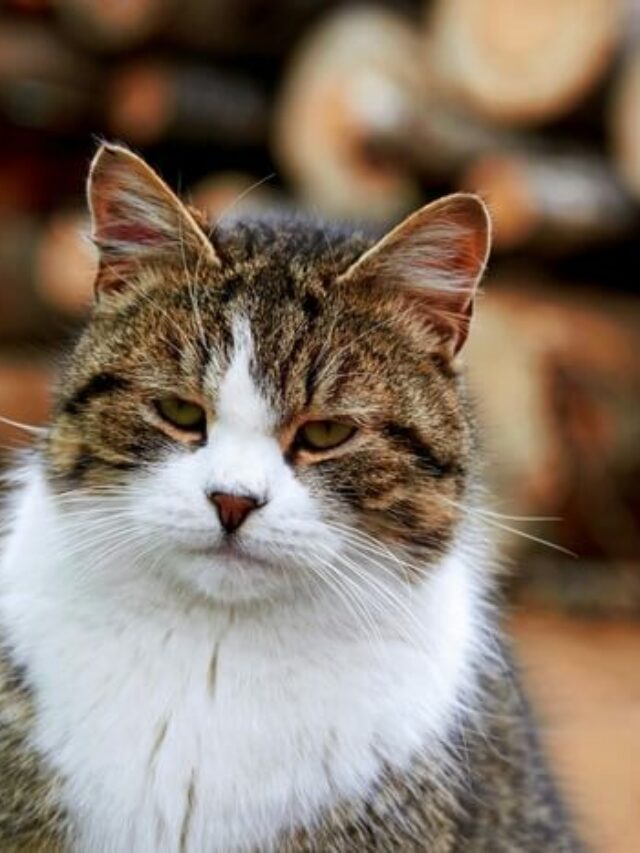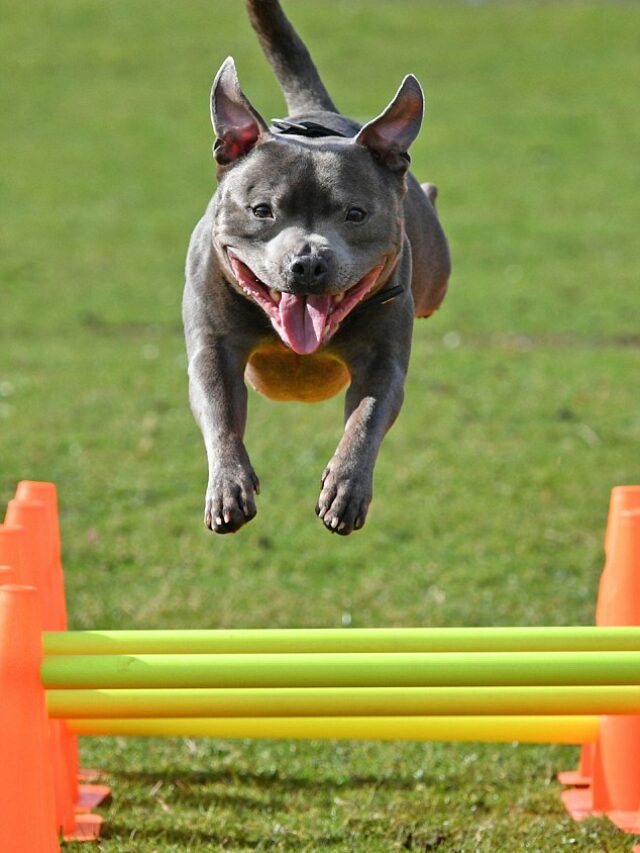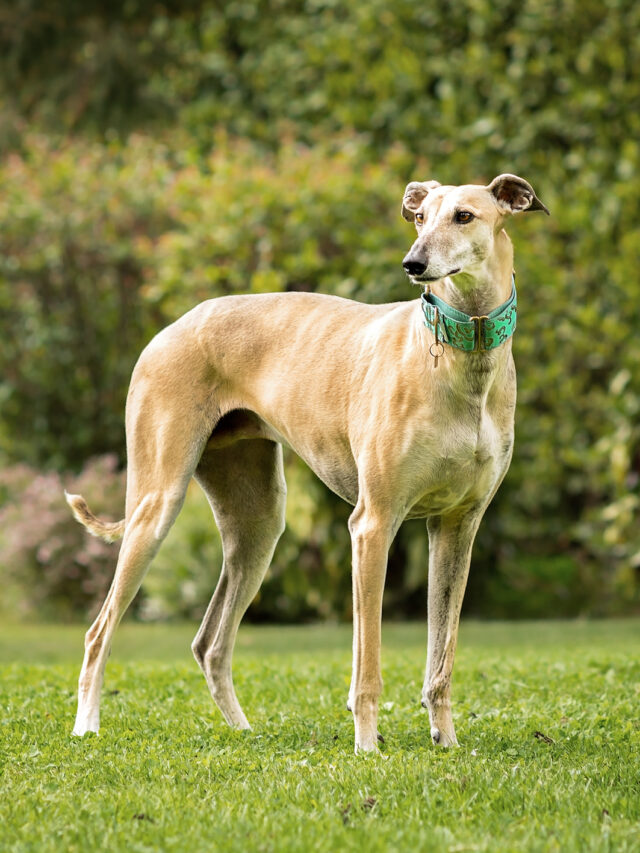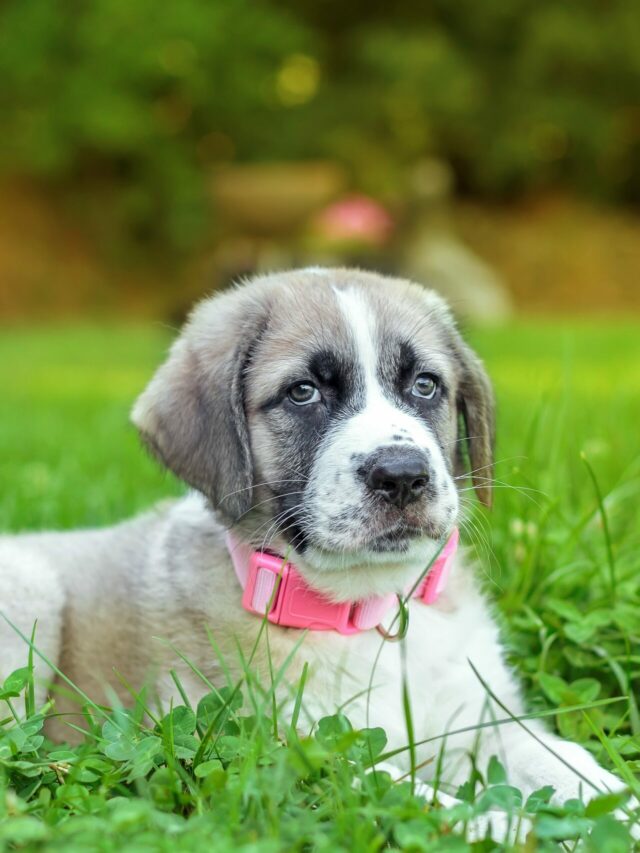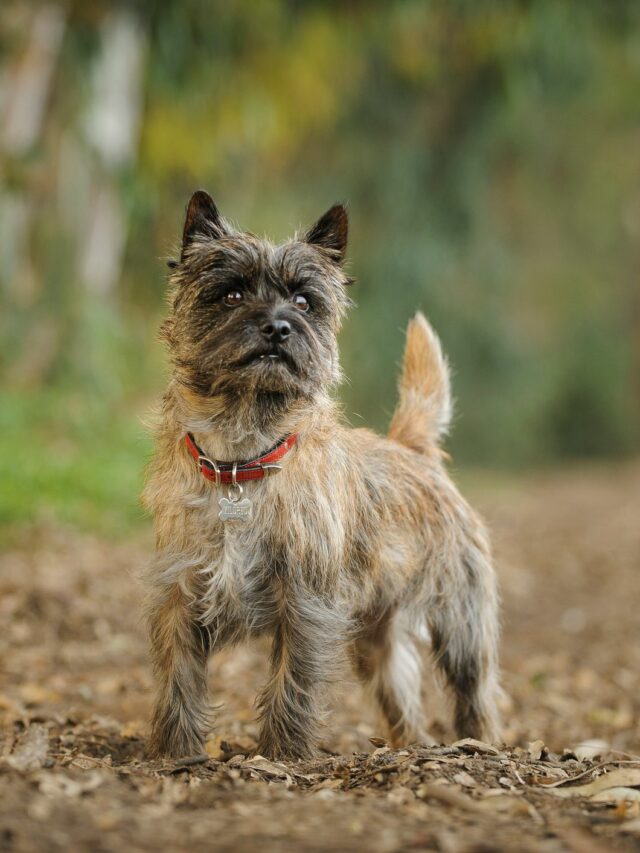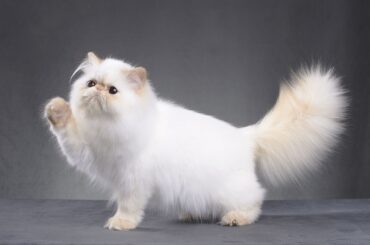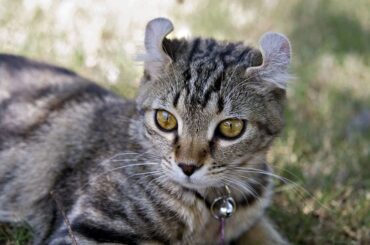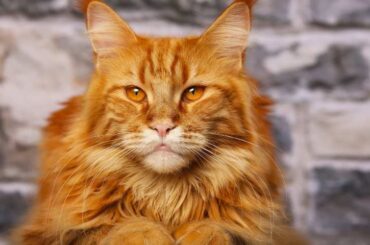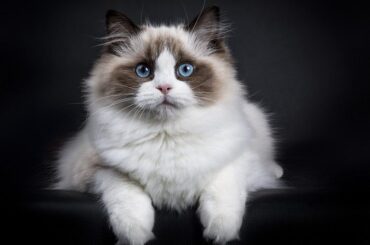While Russian Blues can be traced back to the 19th century, the Russian White Cat is a more recent addition. Its origins can be traced back to the 1960s in the United Kingdom and the 1970s in Australia. The Russian White Cat is a descendant of the Russian Blue Cat. This is an ancient cat breed that dates back to the 1860s. In 1971, a specific breeding program was used to create the Russian White.
This cat breed was mostly developed in Australia. A lovely Siberian cat was crossed with a Russian Blue, resulting in a white mixed breed with Russian Blue features. The breed was officially registered after four generations of breeding. Despite the fact that this breed began as a mixed breed, it became properly developed.
It all began with a white female kitten named Arctic Chumvi in the United Kingdom. This white Russian kitten was mixed with a Russian Blue male by breeder Frances Mcleod. In these years, the Russian breed was in decline in the United Kingdom, and the gene pool was shrinking. As a result, Frances’ choice was made in the hopes of expanding the gene pool and saving the breed. Chumvi’s third litter included a black cat, and that’s how the gorgeous Russian Black got her name.
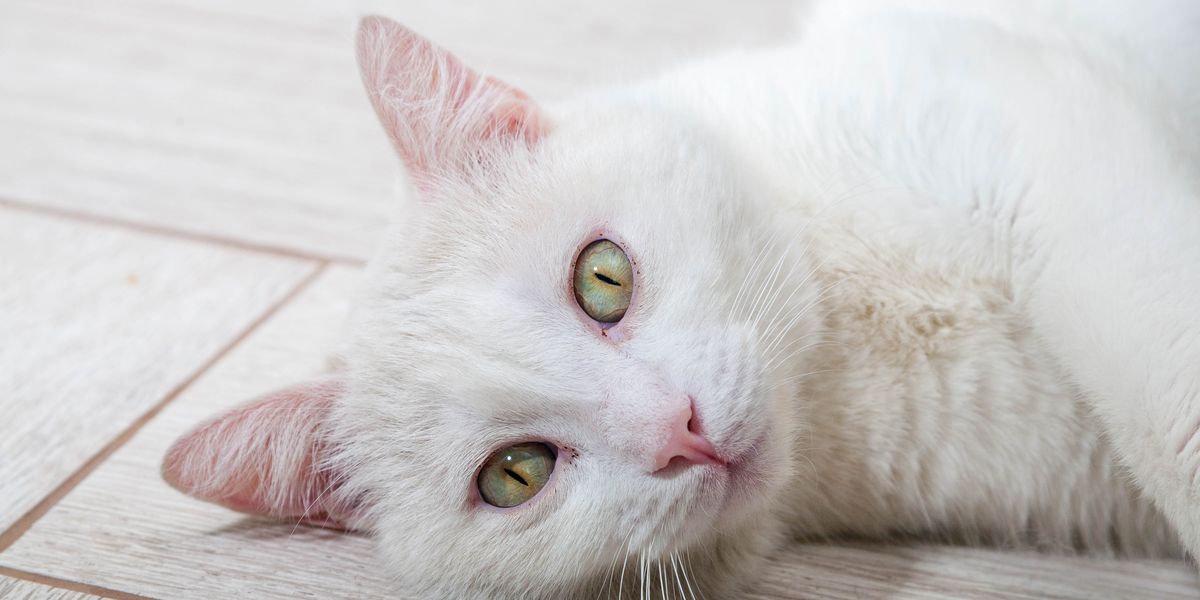
The Russian White Cat is recognized as a distinct breed by cat groups in South Africa, New Zealand, and Australia. CFA (Cat Fanciers Association), TICA (The International Cat Association), and other breed registries, on the other hand, do not recognize any colors other than blue. Despite this, the CFA has granted White and Black Russian cats to the organization.
Table of Contents
Russian White Cat Breed Overview
- Lifespan: 15–20 years
- Temperament: Affectionate, relaxed, somehow lazy
- Color: White, black, tabby
- Length: 10 inches
- Weight: 7-15 pounds
Russian White Cat Body Characteristics
They’re regal-looking medium-sized cats with powerful bodies. With a broad face, a blunt nose, and wide-set eyes, they have a medium wedge-shaped head. The eyes of Russian White Cats should be a vibrant green. Kittens have yellow eyes at first, but they gradually turn green. The ears are huge, broad, and pointed at the points.
The majority of Russian White Cats weigh between seven and fifteen pounds and stand between 15 and 18 inches tall. The paws are short and the feet are long and well-rounded. The tail is relatively long and straight. Males, as expected, are larger than females.
Russian Whites have a dense double coat with a thick undercoat and a soft silky overcoat that is short and dense. The garment is all white, with no other colors apparent.
Russian White Cat Behavior
The Russian White Cat is devoted and loyal, as well as affectionate and gentle. This breed will form strong bonds with family members and will be uninterested in strangers. These cats have a very relaxed and tranquil demeanor. They form a bond with their principal individual. They have a favorite among them. These cats are cautious around strangers and large groups of humans. They will most likely conceal if you have a large group of people over.
Training of the Russian White Cat
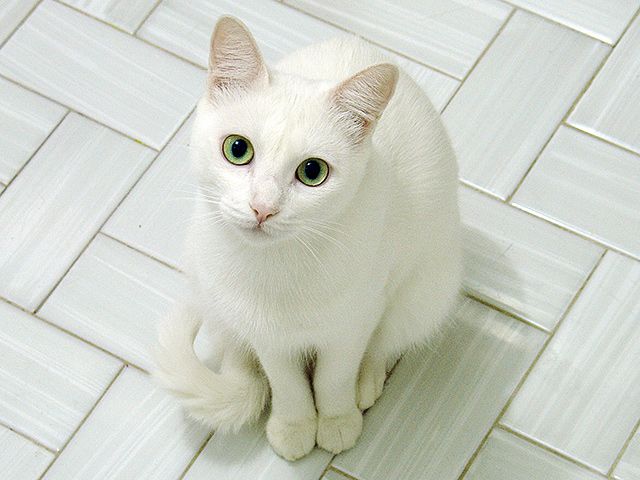
These cats are notoriously difficult to train. It’s not that they aren’t intelligent; it’s simply that they aren’t usually concerned with what you want them to do. They are obstinate and will most likely disregard your directions. They typically train themselves to use the litter box, meow for food and act appropriately inside. They are not misbehaving on the inside.
Caring for the Russian White Cat
They don’t require a lot of activity or playing, despite the fact that they can be quite feisty as kittens. They like to lie down rather than run around. During the day, keep your Russian cat busy with interactive toys and puzzles, and use rewards to teach your cat some entertaining tricks.
Russian Whites are low-maintenance cats. To remove dead hairs, brush the gorgeous, snow-white coat at least twice a week. There won’t be many cat hairs around the house because the coat is short and dense, and regular brushing can help reduce the mess during shedding season. Bathing frequently is bad for cats because it removes the natural oils from their skin.
Russian White Cat Health
Although this breed is generally healthy, it is prone to bladder stones. Obesity can develop as a result of its nature. Obesity puts additional strain on the joints, which can lead to arthritis. Diabetes is also more likely to develop, albeit this is also a genetic factor. They live between 14 and 18 years.
Russian White Cat Breed Pictures
Russian White Cat Breed Picture
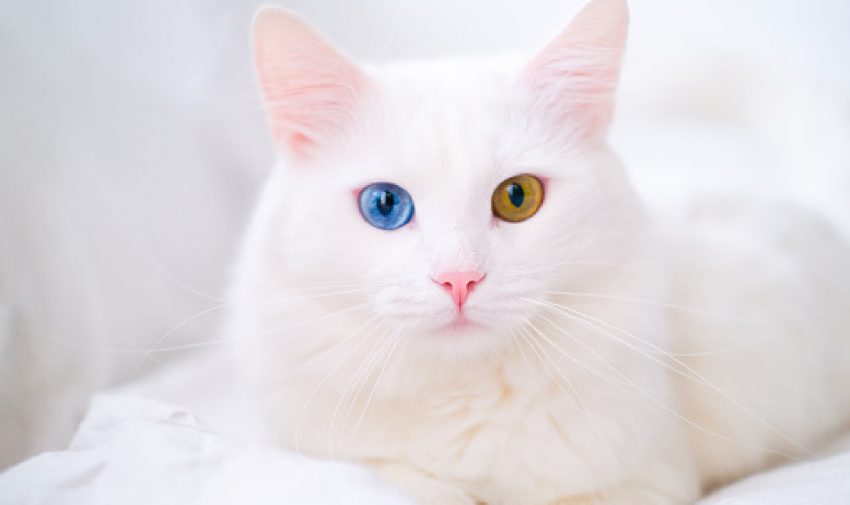
Russian White Cat Breed Picture
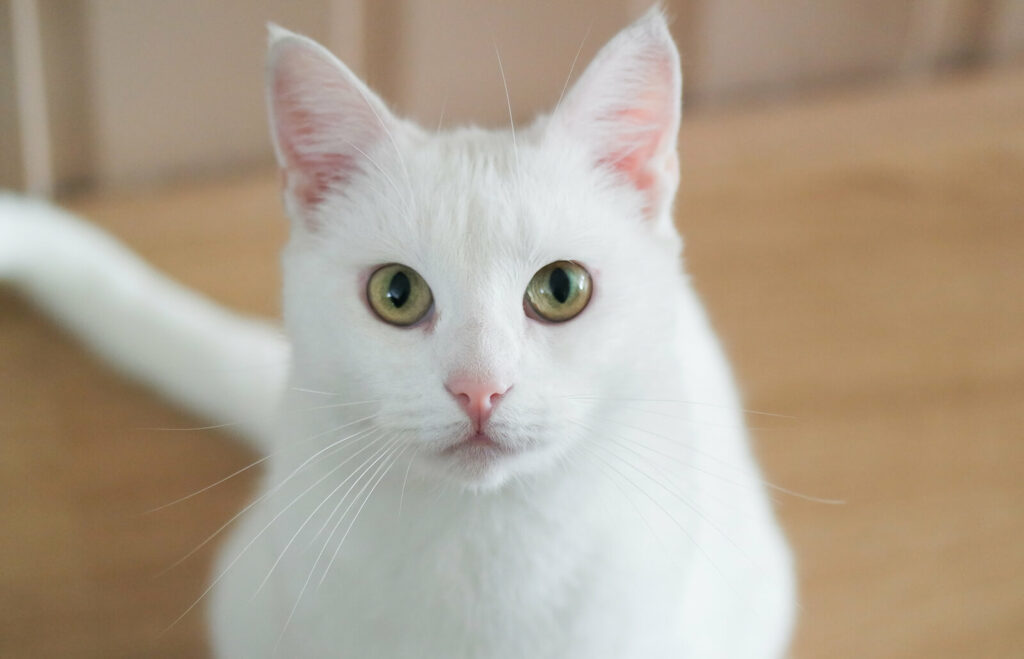
Russian White Cat Breed Picture
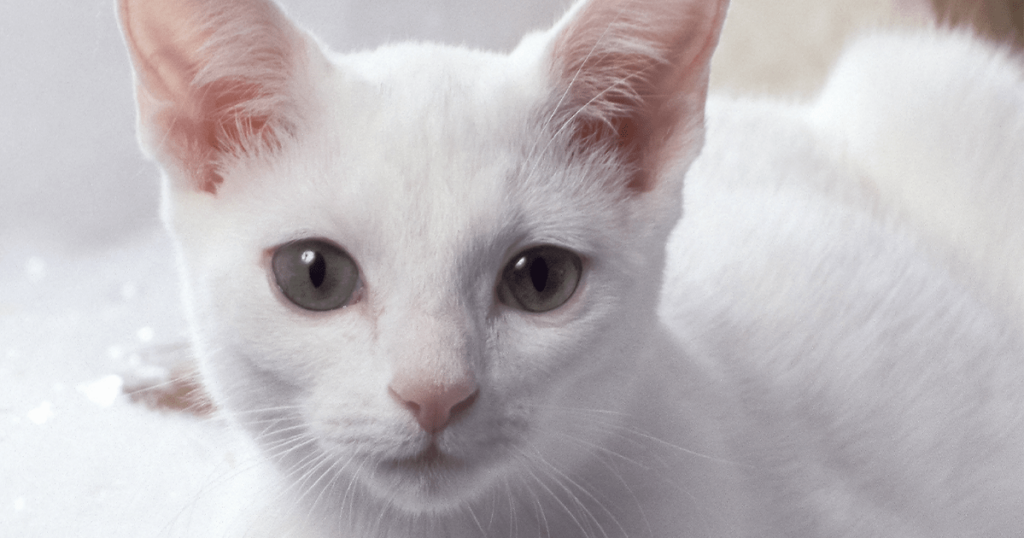
RECOMMENDED ARTICLES
- 13 Symptoms when Chocolate Be Eaten By Cats & Can Cats Eat Chocolate ׀ PetsWealth
- What Is Cat Flu? Symptoms, Causes, Treatment And Prevention
- Raas Cats Breed: Characteristics, Behaviour, Caring And Health
- The Russian Blue Cat: Characteristics, Behaviour And Health
- Ragdoll Cat Breed – 6 Comprehensive Body Description, Behaviour And Health
If you like, please share it. Sharing is usually caring.

